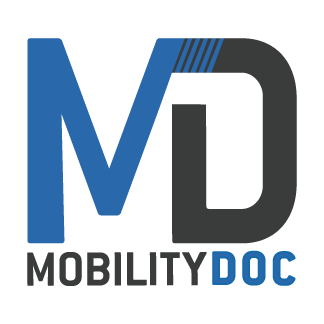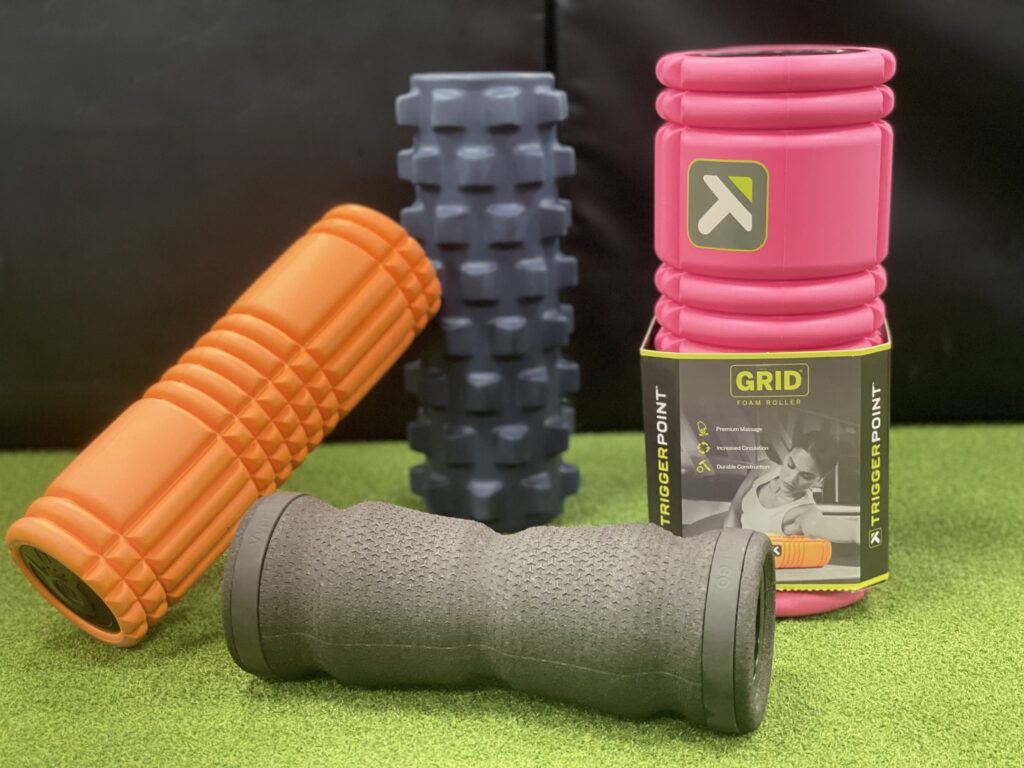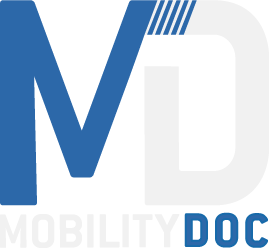Does this actually work? If it hurts, should I do this? I hear it’s dangerous to roll on certain parts of my body… Can I damage an artery if I apply too much pressure to my groin? These are only some of the questions we get when we talk about using a foam roller.
By now, we have all seen or heard of foam rolling. There’s all kinds of information out there about how it’s good or bad for you. So which one is it. It doesn’t work or it’s the best thing for you since sliced bread? This week we are going to clear all that up for you. Let’s get to the bottom of some misinformation around the subject, what using a foam roller does to help our muscles recover, and understand why all foam rollers are not created equal.
Foam Roller Misinformation
One of the most common questions we get is if you can hurt yourself on a foam roller. The answer is almost always no. There is no muscle that you can injure by foam rolling if you do it properly. The lats, quads, glutes, biceps, you name it. If you can get to it, you can roll it. One of the most common things that people bring up is the iliotibial band or IT band. There are no restrictions when it comes to this. The same is true with being cautious about needing to avoid veins or arteries. The amount of pressure and time you would need to apply to your body against the roller is basically impossible to injure yourself.
The biggest problem to address is a belief that using a foam roller just doesn’t work. When people come to this conclusion it’s usually because you are using the wrong kind of roller, didn’t do it for long enough, or were just given bad information about how to do it. Even though there’s not a lot of scientific information about this, the answer is: if you use the roller properly, it definitely works!
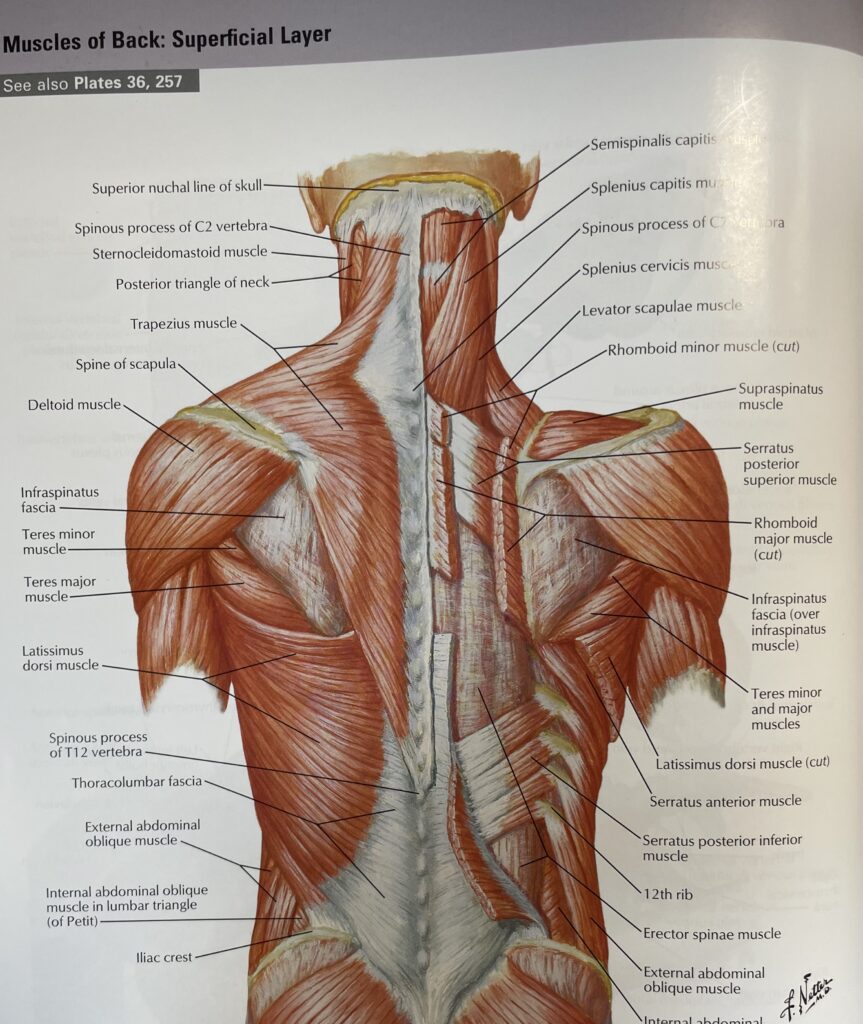
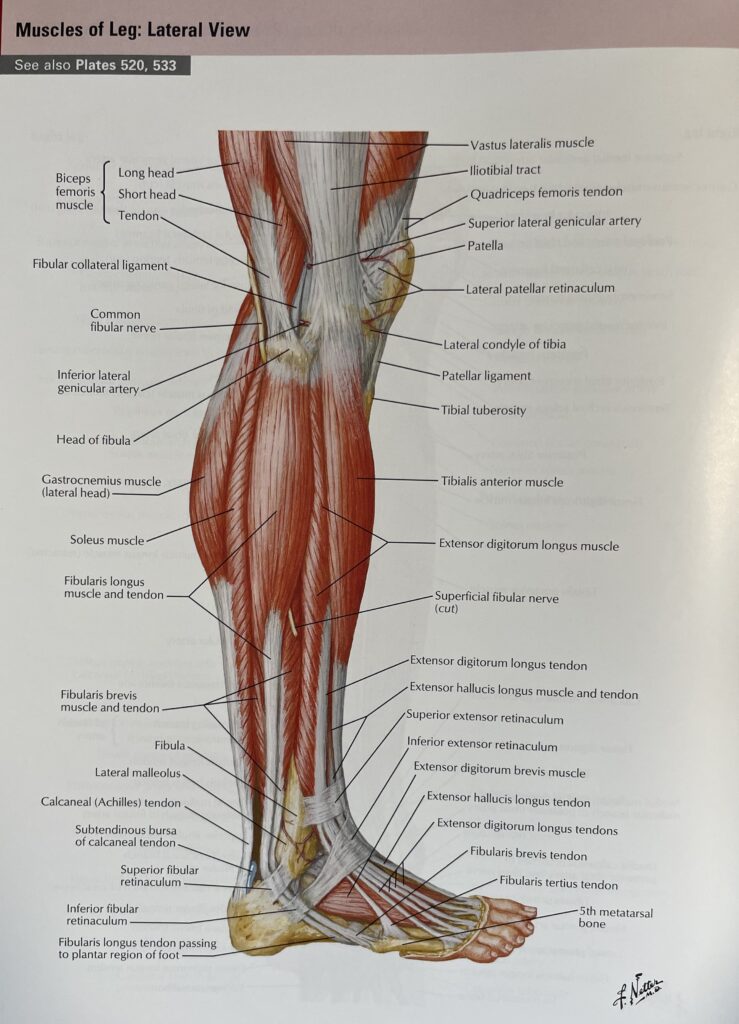
Examples of muscles in the body that can use a foam roller
So When Do I Need To Be Cautious
With that being said, there are a few things to look out for. You want to avoid anything very bony, especially when it’s sticking out. Examples of this are your hip bone, elbow, and directly on your knee cap. Foam rollers are targeting muscle release so roller on bone connection is not going to be ideal. It is possible to roll too much. Making sure you roll for the correct amount of time is important. We are going to talk in depth about this next week.
Other specific cases when using a foam roller might not be for you is if you have deep vein thrombosis (DVT) or think you may have a blood clot. Now, if you start feeling numbness, cold or any other sensations that would cause you to believe you’re hitting a nerve or doing something you shouldn’t be, the answer is stop. You should back off of pressure and consider seeing a doctor. We want to stress that all of these scenarios are highly unlikely and by all means foam rolling is safe! We suggest that basically everyone should do it.
What Does Foam Rolling Actually Do
Foam rolling accomplishes 2 things. It smooths out the connective tissue around the muscle and also provides deep pressure to an area. Breaking this down is a little complicated so bear with me!
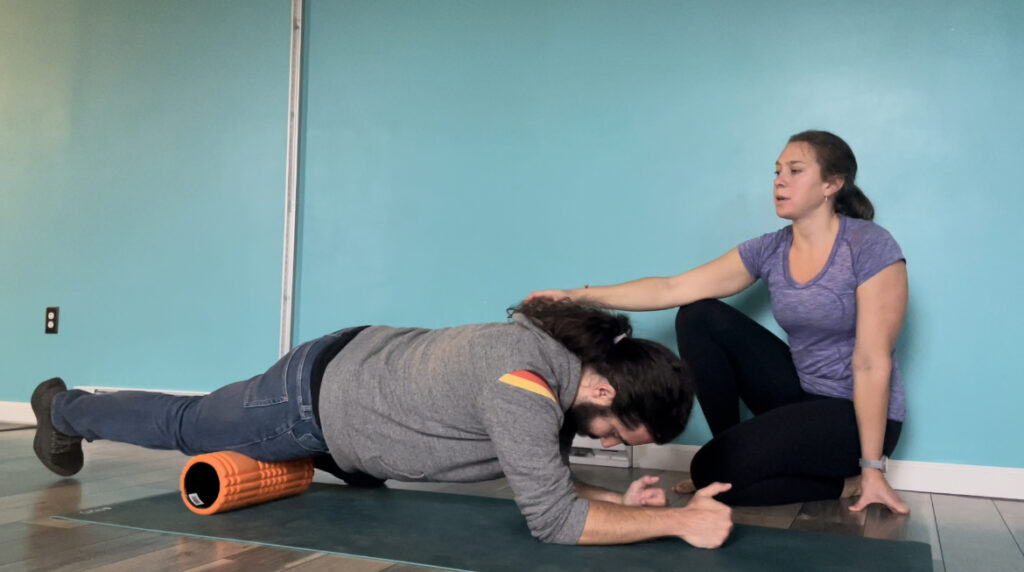
This connective tissue we are smoothing out is called fascia. Fascia is found throughout your entire body. The very abridged version is that it surrounds the fiber clusters that create your muscles and muscles on a whole. Using a foam roller in a short term sense smooths out this tissue and allows the fascia to move easier. This breaking up stiffness in the connective tissue is scientifically called myofascial release. In the long term, rolling actually contributes to changing the structure of your muscle. It does this by breaking down your muscle on a cellular level. It doesn’t just reset how the cells are sitting, but generate more cells. This makes the muscle longer and a longer muscle moves better.
If you’ve ever used a foam roller before, you’re aware that some parts of your muscle hurt more than others. We are going to refer to these as “hot spots”. As you move through the muscle and find them, you want to stop and spend a little time on that area. When you are directly on one of those areas you’re providing a deep pressure that allows the muscle to relax. Just like trigger point therapy, the deep pressure sends a message to your brain. Sending that message breaks the feedback loop of pain and provides a relaxing effect. This will eventually reduce the amount of pain you’re feeling. Soon enough that hot spot your feeling will no longer exist because the fibers of your muscle and the fascia around it will have smoothed out and relaxed.
What Type of Foam Roller Should I Use
When foam rollers were first introduced the hardest thing about them was access. If you were instructed to use one during this time I’m sure you can remember some trials. Having to go to the depths of the darkest aisles of target only to find they were sold out. If they weren’t sold out you had one option. Thankfully we have come very far since then and foam rollers are easily accessible with a lot of different options.
Let’s break down what makes a good foam roller. The most important thing is a hard inner core so it won’t compress and soften over time. That means you have more control how much pressure you’re applying on the foam roller. You are deciding the intensity of the sensation. If you have a foam roller that is all foam after many uses eventually it gets soft and doesn’t do as good of a job.
Depending on if you’re used to rolling or not will determine how hard you want your foam roller. As a beginner, a soft exterior will allow you to put more weight on the area. This will allow you to hold where you’re feeling a more tender pressure point. If your roller very hard, you most likely will give up. In order to make rolling as effective as it can be you need to be able to tolerate rolling for the correct amount of time.
Takeaways
Overwhelmingly we want to say YES! Yes, foam rolling is beneficial for muscle recovery. It makes it faster and better. Yes, you can roll almost anywhere in your body. All muscles are game! Now that you know what type is best for you, next week we will go over how to roam roll. Are you working with the wrong equipment? You’re in luck!
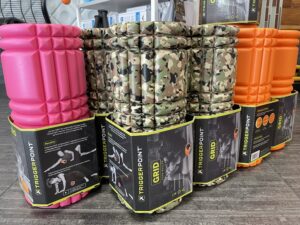
If you’re interested in buying a new foam roller, you can purchase the type used in our demo here and pick up at our office. The cost is $40.00. It is an eligible HSA purchase and is tax free!
